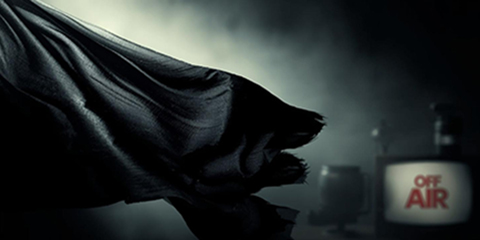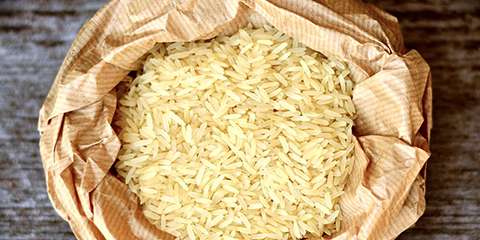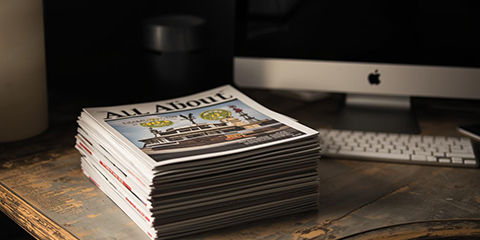
PFUJ recalls November 3, 2007 emergency as Pakistan’s darkest day
November 03, 2025: PFUJ recalls November 3, 2007, as Pakistan’s darkest day under Musharraf, urging protection for journalists and the abolition of laws threatening press freedom.
JournalismPakistan.com | Published 11 years ago | Daud Malik
Join our WhatsApp channel
ISLAMABAD: The 2013 General Elections were the first in Pakistan’s history after a civilian government had completed its constitutional term and the power was peacefully handed over to a civilian successor.
The elections were also the first in which the political parties made extensive use of the electronic media – from highlighting their manifestoes, plans, promises to berating the opponents.
According to a BBC report, in 2000 there were just three television channels in Pakistan, all of them owned by the state. Fast forward 2013 - the country has 89 privately owned TV channels and 115 FM radio stations, along with the traditional print media. The report said: “Across the country, access to news and information and the capacity of individuals to communicate with fellow citizens has been radically altered.”
This radically altered context of communication became evident during the campaign for the General Elections. The figures back the new way of electioneering.
An MQM legislator during the question hour in the National Assembly asked about the party-wise details of advertisements published in newspapers and telecast by private TV channels in April and May 2013 during the election campaign.
The fifth session of the 14th National Assembly was told in October 2013 that in eight dailies - The News, Dawn, The Nation, Pakistan Observer, The Express Tribune, Jang, Nawa-e-Waqt and Express - 329 advertisements on the election campaign of political parties were published between April 1 and May 10, 2013.
According to the reply in the Lower House, most of the advertisements - 163 - were given by then ruling party – Pakistan Peoples Party Parliamentarians (PPPP), followed by Pakistan Muslim League-Nawaz (PML-N) 51 and Pakistan Tehreek-e-Insaf (PTI) 49. As a ruling party, the PPPP ads tried to highlight its contribution to improving governance and economy.
Jamaat-e-Islami ran a total of 33 ads in the newspapers as the party made a comeback to the National Assembly by winning three seats in the General Elections. Awami National Party, which was the ruling party in Khyber Pakhtunkhwa, only gave two ads in the print media.
However, the political parties’ preference was the electronic media – the TV channels. According to a European Union report on the General Elections, “the time granted for the paid-for content was extremely high, far exceeding the time allocated to election-related debate programs…”
The National Assembly was told that the political parties ran a total of 62,622 advertisements on election campaign. These ads, according to the reply, were aired on 69 TV channels from March 17 to May 11, 2013.
Again the PPPP sponsored the most ads (26,237) on 51 TV channels. PTI’s 16,363 ads about its election campaign were telecast on 56 TV channels, followed by PML-N’s 12,521 ads on 50 channels. In other words the three big parties relied heavily on TV channels.
Interestingly, the PMLQ, which only gave three ads in the print media about its election campaign, ran 1978 advertisements on 25 TV channels. Similarly, the MQM had 1482 ads on 29 TV channels, compared to its only eight ads in the national dailies.
Though the fate of the local government elections is unknown given the haste and the confusion prevailing at present, whenever they are held, it will be interesting to see how much the political parties are ready to invest in telling the voter about their plans and promises about the ‘local democracy’.

November 03, 2025: PFUJ recalls November 3, 2007, as Pakistan’s darkest day under Musharraf, urging protection for journalists and the abolition of laws threatening press freedom.

November 02, 2025: PFUJ urges Pakistan’s federal and provincial governments to end Impunity for Crimes Against Journalists and ensure their safety and press freedom.

November 02, 2025: Impunity for crimes against journalists deepens worldwide as Pakistan reports a 60 percent surge in attacks and weak enforcement of safety laws.

November 01, 2025: Pakistan Press Foundation reports 137 attacks on journalists in 2025, highlighting rising threats, legal harassment, and censorship on the International Day to End Impunity.

November 01, 2025: A viral Samaa TV clip featuring MNA Sher Afzal Marwat’s crude remarks and Talat Hussain’s laughter raises questions about the declining ethics of Pakistani television.

October 31, 2025: Police foiled a plot to kill DawnNewsTV journalist Tahir Naseer in Rawalpindi after arresting suspects hired for Rs200,000. Naseer says threats followed his reporting.

October 31, 2025: CPJ calls on Pakistan to bring Imtiaz Mir’s killers to justice after the journalist was allegedly murdered by a banned militant group in Karachi.

October 30, 2025: The PFUJ has condemned a fabricated drug case against journalist Matiullah Jan, calling it an attempt to silence him and urging authorities to quash the charges immediately.

November 03, 2025 Global journalist unions condemn the Indonesian agriculture minister’s lawsuit against Tempo, calling it a threat to press freedom and demanding that the case be withdrawn.

November 02, 2025 Independent outlet All About Macau to halt print and online operations amid rising pressure, financial strain, and legal threats, sparking press freedom concerns in the city.

November 01, 2025 Belarus court jails journalist Siarhei Chabotska for extremism and defaming the president, highlighting Minsk’s ongoing crackdown on press freedom.

November 01, 2025 Mexican journalist Miguel Angel Beltran was found murdered in Durango. CPJ urges authorities to ensure justice amid rising violence against journalists in Mexico.

November 01, 2025 UNESCO survey finds one-third of media lawyers cannot effectively defend journalists due to threats, limited resources, and lack of specialization.